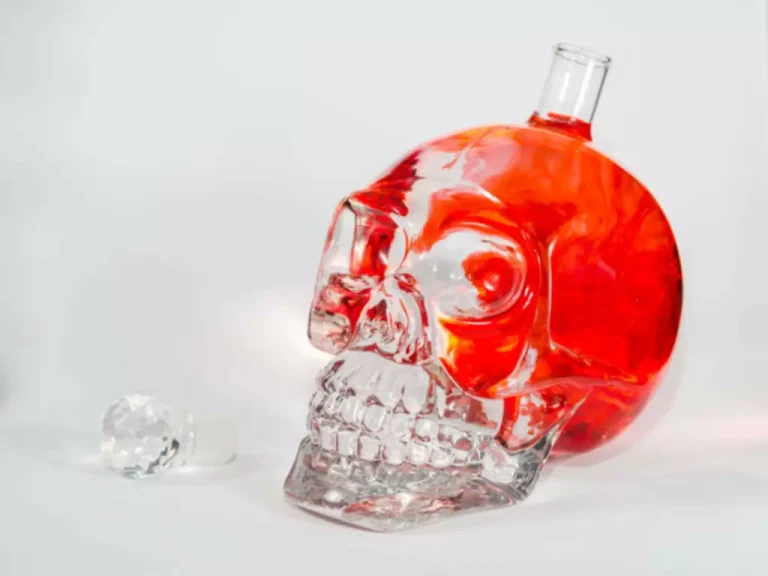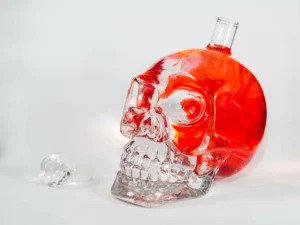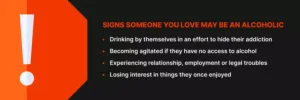The Dopamine System in Mediating Alcohol Effects in Humans

In suspected cases of Parkinson’s disease, a dopamine transporter test can be recommended to visualize dopamine levels in the brain. Listening to music can be a fun way to stimulate dopamine release in your brain. Several studies on humans and animals have found that listening to music can boost dopamine levels in the brain.
Got Brain Fog? Here’s How Alcohol Affects Your Dopamine and Reward System.
Dopamine-containing neurons in the NAc are activated by motivational stimuli, which encourage a person to perform or repeat a behavior. This dopamine release may contribute to the rewarding effects of alcohol and may thereby play a role in promoting alcohol consumption. In contrast to other stimuli, alcohol-related stimuli maintain their motivational significance even after alcohol dopamine depletion repeated alcohol administration, which may contribute to the craving for alcohol observed in alcoholics.
Strategies to Support Dopamine Recovery After Quitting Alcohol
Improving sleep hygiene and ensuring adequate rest is crucial for maintaining healthy dopamine levels. Aim for 7-9 hours of quality sleep each night by establishing a consistent sleep schedule, creating a relaxing bedtime routine, and optimizing your sleep environment. Avoid screens for at least an hour before bed, as the blue light emitted can interfere with melatonin production and disrupt your sleep-wake cycle.

Short-Term vs Long-Term Effects
- If you’re ready to support your brain in recovery, reach out to learn more about my neurotransmitter testing and my coaching programs here.
- This means that over time, more alcohol is needed to achieve the same dopamine release and subsequent pleasurable effects.
- Improving the outcomes of treatment and prevention initiatives requires a better understanding of the biological mechanisms that underpin addiction.
- We discovered that in control animals, gene expression and protein function are often not correlated, contrary to conventional assumptions, and alcohol exposure can induce, eliminate, or even reverse these relationships.
- The authors concluded that 18F fDOPA is useful for measuring amphetamine-induced DA release, but may be unreliable for estimating tonic DA levels, in the striatum and extra-striatal regions of healthy humans.
- We are grateful to the Cuzon Carlson and Grant laboratories for their technical assistance and for hosting us while completing these studies.
Many people experience fluctuations in their mood and energy levels as their brain chemistry stabilizes. Even low levels of alcohol can cause a surge of dopamine in the brain, making you feel wonderful – until it drops off as the alcohol digests and you feel worse. But dopamine-containing neurons are activated by motivational stimuli, and drinking can easily become that stimulus. Dopamine plays an essential role in mood and neurodevelopmental disorders, such as anxiety, depression, and attention deficit hyperactivity disorder (ADHD). Since alcohol disrupts dopamine production and usage, drinking can lead to either an exacerbation in symptoms or the development of mood disorders. It’s also why medicines that increase Alcoholics Anonymous dopamine levels in the brain can be so addicting that people will continue to drink despite the repercussions.
About Nature Portfolio

Animal studies demonstrate that mesolimbic dopamine projections from the VTA to the NAc play a critical role in both Pavlovian conditioning and expression of conditioned responses, which are often conceptualized as a preclinical model of AB 16, 17. Human neuroimaging work also indicates a role of dopamine release, specifically within the anterior caudate, in generalized reward conditioning 84. In addition to conditioned responding, the AB tasks employed in the current study also require attentional processes such as alerting, and orientating to stimuli, and executive control function processes relying on dopamine 85. Thus, the observed AB changes following P/T depletion reflect not only changes to dopamine transients 57 in response to conditioned cues 18, 19, but also changes to catecholamine systems involved in attention and cognitive control.

- Situated amidst the serene landscapes of Northern California, the Wellness Retreat Recovery Center stands as a beacon of hope for those struggling with addiction.
- This mechanism may be one reason underlying the wide range of dopamine’s roles in behavior.
- Acutely, in vivo alcohol administration dose-dependently increases cortical, mesolimbic, and nigrostriatal dopamine in rodents 36; an effect attributed to enhanced dopamine neuron firing 37.
- We assessed selective attention capture using a dot-probe task modified from our previous studies assessing AB toward smoking cues in cigarette smokers 62, 63 (See Supplementary Materials).
The authors jumped to the conclusion that DA neurotransmission does not directly influence positive mood in humans without considering many other factors including DA release. This notion has been supported by Berridge and Kringelbach 24 whereby they cite a number of neuroimaging studies indicating diverse number of pleasurable stimuli activate similar circuitry, suggesting a common neural currency shared by all. Liking, or pleasure itself, is generated by a smaller set of hedonic hot spots within the limbic circuitry. It has been considered that opiates are more pleasure-inducing (liking) than DA (wanting) 25-27. How then do we also explain the fact that endogenous morphine synthesis requires endogenous DA, which is thought to be necessary for endogenous brain morphine formation and even reward 9, 28?


Comments are closed.